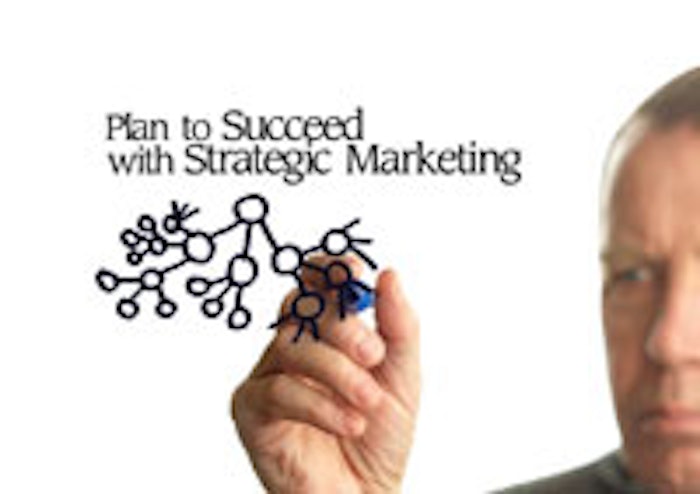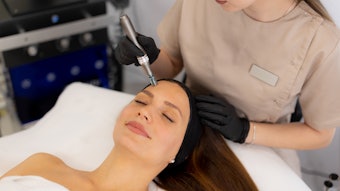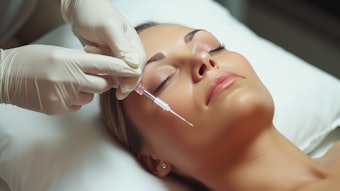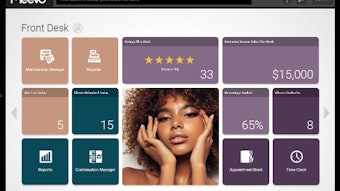
Strategic marketing is the road map by which long-term objectives can be attained, and the challenge is to manage the complexities and fluctuations of the market, as well as client expectations. By developing a bulletproof strategy, you can stay ahead of the curve and be ready to respond to changes in the marketplace in a proactive way.
Itemize your directives
An effective marketing campaign must have a positive impact in the marketplace; in terms of managing a spa, this means growing your client base, increasing repetitive treatments and improving your profit margin. Your marketing program should include strategies for pricing, distribution, promotion, advertising, media relations and market segmentation, and factors to take into consideration include demographic changes, emerging technology and cultural trends.
Also, it is well-known that some consumer segments simply do not generate profits, either because they are too demanding, impossible to satisfy or cannot afford your prices. Identify the biggest spenders in your spa and focus on marketing to this segment first. These are clients who are hopefully already happy with the services you are providing, and are in the best position to spread the word about you and your business.
Two major components to a successful marketing strategy include deciding how you will address the competitive marketplace, followed by the implementation and the support of your day-to-day operations. In the crowded marketplace, a strategy that results in a consistent approach to uniquely offer products and services to consumers to gain an advantage over your competitors—including other spas and mass retail outlets—is vital, and your marketing strategy must have well-delineated tactics to implement it. If you do not have the infrastructure in place to handle additional clients, your marketing strategy cannot be effective. You need the resources, expertise and personnel to implement each component of your marketing program seamlessly.
Start by identifying your main objectives. Is your goal to increase overall market share? Attract a new segment of consumers? Increase the uptake of one of your verticals, such as nonsurgical treatments or water treatments? All of the above may be what you have in mind. In that case, attempt to prioritize to something realistic and affordable in a time frame that is achievable.
If, for instance, your facility is one of the strongest in your geographic area, you may choose to invest your resources to support your business so it can grow. However, if your spa is not up to par with its competitors, your focus should be on making improvements to your service and product offerings.
Once you have itemized your directives, the next step is to design a specific strategy to effectively meet your targets within a chosen time line and budget.
Differentiation strategies
A common strategy is to create a product or service that is unique in the industry—this may be your brand image, an innovative technology platform, exclusive products or impeccable customer service. Supporting a distinct initiative will require strong marketing and media outreach, a creative offering and attractive pricing. To sell it, you have to promote it to existing clients, and make it compelling enough to entice new clients through the door.
To target a specific segment of the market, consider designing a focused strategy that will resonate with a particular group of clients. For example, teens with acne is a market segment that allows you to get creative. Many teens are online 24/7, through cell phones or otherwise, so reaching them via Facebook, text messages or a smartphone app may be more effective than traditional print or broad online portals. It is essential to understand a market segment as defined by the characteristics you selected as the target for your offering, and remember that the more targeted your marketing is, the less complicated and easier to implement it will be.
When you promote your products or services in such a way as to avoid a comparison with your competitors, focusing on the benefits is a smart approach. This is especially useful when you introduce a new solution to a common concern where traditional methods are inadequate. If your offering is part of a family of products or services that will benefit the client as a combination treatment, promoting this group of therapies with one strategy will be more cost-effective.
Pricing strategies
Your pricing strategy is mostly influenced by your requirement for profit and long-term objectives. If the offering has sufficient differentiation to justify a higher price and the goal is to generate revenue quickly, consider setting your prices on the high side. However, if the ultimate mission is rapid market penetration in order to exert control over the market, consider setting your prices low to attract clients early. If the goal is to roll out your product or service into the market in a big way, consider featuring more generous introductory discounts, time-sensitive promotions and media outreach to build excitement and incentivize clients. Most spas fall somewhere in the middle—they may not be the market leader, but do not wish to price their services and products so low that it impacts profitability. In this case, the most reasonable strategy is to price at a level comparable to that of competitors.
Decisions about pricing, promotion and distribution will be heavily influenced by key factors in the industry and marketplace. These factors should be analyzed to create an effective pricing strategy, and then regularly monitored for changes. It is important to remember that prices can always be reduced if clients are not buying; however, it is more difficult to raise prices once clients get used to deals and discounts.
Also, most consumers will not want to hear from you too often. If you are bombarding them with overly frequent promotional messages, you run the risk of generating resentment and causing them to opt out of your database or block your tweets and posts. Be sensitive to the fact that clients are already subjected to a daily barrage of “deals” from popular geo-targeted sites such as Groupon and Living Social. Also, environmental factors may positively or negatively impact the industry and your market growth potential. By evaluating these considerations, the choice may be made to put the product or service on hold for a later date, or tweak it so it more closely meets the needs of the target market.
The potential for market penetration is determined by whether you are promoting your services to past clients or hoping to attract new clients, as well as their awareness of what you are offering. If your target consumers are new to the spa lifestyle, for example, they may not be familiar with the most popular treatments or understand their benefits. In this case, the first component to your strategy should be one of consumer education to make the offer relevant. More sophisticated consumers are probably aware of competitive pricing and can recognize a good value proposition.
Some consumers may be willing to pay a higher price because your product or service provides a superior solution for their concerns. The amount of time it will take clients to make a purchase decision is influenced by their confidence in your offering, the frequency and quality of competitive deals available, the urgency of the need for what you are offering and the risks involved in making the purchase decision.
Know your competition
It is essential to know your main competitors and understand their strengths and weaknesses, especially compared to your own. Each of your competitor’s experience, longevity, market position and reputation in the market should be evaluated, and an honest appraisal of the strengths of your own enterprise also is a critical factor in the development of your strategy. Your capability to sustain your position will be determined by the ability to maintain high prices and to remain profitable.
Other key factors to consider are the potential for competitive imitation, and the steep learning curve faced by a new competitor. The lower the barrier to enter into the market, the easier it is for a competitor to reproduce your business model. The complexity of introduction problems, such as adherence to industry standards, cost of capital equipment, limited labor pool and regulatory hurdles weigh heavily on new facilities. Therefore, the more advanced and unique services and amenities featured will make it tougher for competitors to capture your market share.
A review of the strength and viability of the core products and services offered will influence the direction of your strategy. Review your spa with respect to how cost-effectively high-quality products and services can be delivered. In addition to a payroll and commission structure and general overhead, your marketing budget should also be up for review. Limited capital or marketing expertise to explain the benefits of your services will significantly impact your bottom line. Marketing capabilities, including established media relationships, an advertising budget, the quality and quantity of your client database, the state of your website and search engine rankings, and how easily the offering can be promoted are vital details.
The strength of your customer service function also has a strong influence on market success. Identify one or more factors that cause your customer support to stand out as unique in the eyes of your clients, because building your brand’s reputation for delivering consistent customer service is an ideal way to differentiate what you have to offer.
Once you have defined your strategy, use the information you have gathered to determine whether this strategy will achieve your objectives, making your spa impervious to fluctuating competitive forces in the marketplace. To do this, you need to understand the factors that differentiate your spa from your competitors. Focus on developing your strengths and be prepared to capitalize on new opportunities as they arise.
Wendy Lewis is president of Wendy Lewis & Co. Ltd. Global Aesthetics Consultancy, the author of 10 books, and founder and editor in chief of www.beautyinthebag.com.










